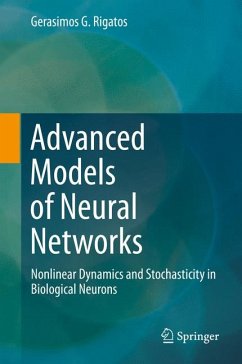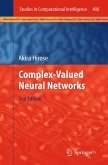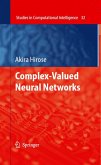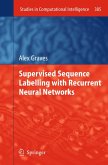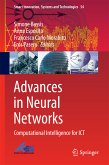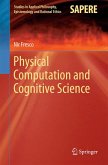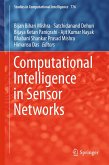This book provides a complete study on neural structures exhibiting nonlinear and stochastic dynamics, elaborating on neural dynamics by introducing advanced models of neural networks. It overviews the main findings in the modelling of neural dynamics in terms of electrical circuits and examines their stability properties with the use of dynamical systems theory.
It is suitable for researchers and postgraduate students engaged with neural networks and dynamical systems theory.
Dieser Download kann aus rechtlichen Gründen nur mit Rechnungsadresse in A, B, BG, CY, CZ, D, DK, EW, E, FIN, F, GR, HR, H, IRL, I, LT, L, LR, M, NL, PL, P, R, S, SLO, SK ausgeliefert werden.

